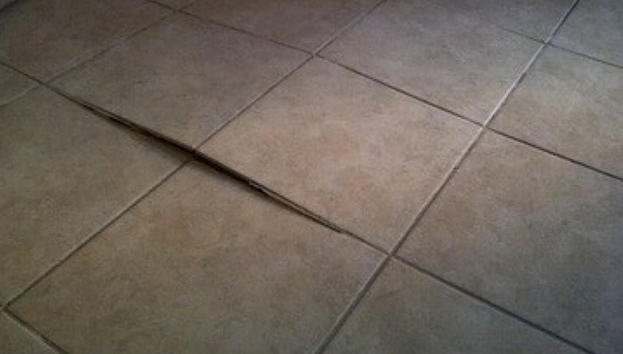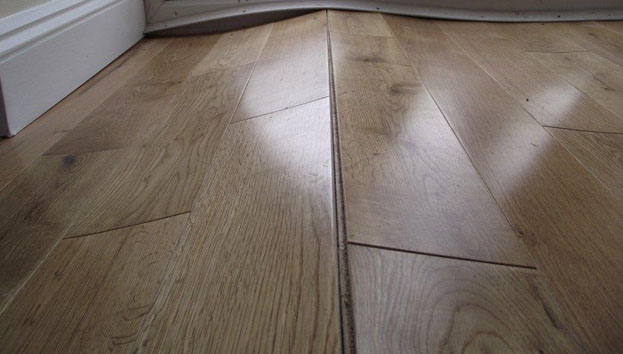WHY MOISTURE MITIGATE?
SEVERAL FACTORS HAVE CONTRIBUTED TO AN INCREASED DEMAND

With an industry-estimated cost of over one billion dollars annually in the North American market, moisture mitigation cannot be ignored. We often hear the statement from general contractors, architects, and owners, “We never had problems like this before. Why now and what changed?”. How do we explain this phenomenon and the need for moisture mitigation? Several factors have contributed to an increased demand for moisture mitigation.
- Accelerated construction schedules – Simply not allowing concrete sufficient time to dry, functional HVAC systems, or enclosing the building are contributing factors to the demand for moisture mitigation.
- Changes in adhesives – Changes in the EPA Regulations in 1992 phased out solvent-borne adhesives and replaced them with water-borne adhesives. Water-borne adhesives are more susceptible to moisture and PH due to moisture.
- Highly burnished slabs -The practice of burnishing the concrete at the time of placement is essentially closing the surface of the slab. This practice results in slowing the release of moisture and increasing the need for moisture mitigation.
- Chemical additives and curing compounds – Like highly burnished slabs, chemical additives and curing compounds hold moisture in the concrete and delay the drying process.
- Changes in flooring – With an increase in the market segment, products like vinyl are less permeable than carpet and tile. Moisture becomes trapped underneath the floor covering without a means of escape. This requires better control of moisture content within the concrete before it reaches the top surface.
- Absorptive aggregates – The use of lightweight concrete or hydrated aggregates can often increase the drying time of new concrete.
- Lack of adequate vapor barriers – Without proper protection from ground water, concrete slabs are sponges that allow moisture to fill the capillaries and remain saturated.

Other questions that architects and general contractors have been asking are, “What is the best approach to take?” “What are the risks if moisture mitigation is not addressed? Moisture mitigation can be addressed either proactively or reactively. Proactive addressing moisture mitigation can be done in the design process. This includes third-party testing and the inclusion of a moisture mitigation system in the project specifications. If an “ADD” alternate is given for moisture mitigation it essentially puts everyone on the same playing field. Including the cost of the system in the original budget avoids costly change orders. If we take the reactive approach, we inevitably impact construction schedules, and the overall budget (not included in the original scope), or lead to forced design changes. The right material is not always used the most because the most readily available becomes the top priority. General contractors will ask flooring contractors to just take the risk and sign off the liability. However, when facing high moisture in a concrete slab and doing nothing will often lead to failure if not properly addressed. Bubbles in sheet vinyl, blisters in coatings, warped wood flooring, adhesive bleed-through, failed adhesive bond, and even mold/mildew are often the results. The project is now disrupted by the costly removal of the failed floor covering, loss of previously occupied space, and remediation of the moisture issue. This practice is destructive and costly. Often there is a dispute to resolve payment between the owner, general contractor, and flooring contractor which can lead to costly ligation or arbitration.

As an industry, we are tasked to inform and educate. This includes education about proper testing and material selection. Reach out to architects, specifiers, owners, and general contractors to inform them of the best means and methods concerning moisture mitigation. Ask that they proactively include moisture mitigation within the project scope of work and specifications. Approach the project holistically and together decide the best practices to achieve a successful installation. Anything less than a perfect floor is a failure.
Written by Shane Jenkins, Director of Technical Training and Development




 We believe continuing education is the cornerstone to understanding new technology and techniques to better help with your next project.
We believe continuing education is the cornerstone to understanding new technology and techniques to better help with your next project.
